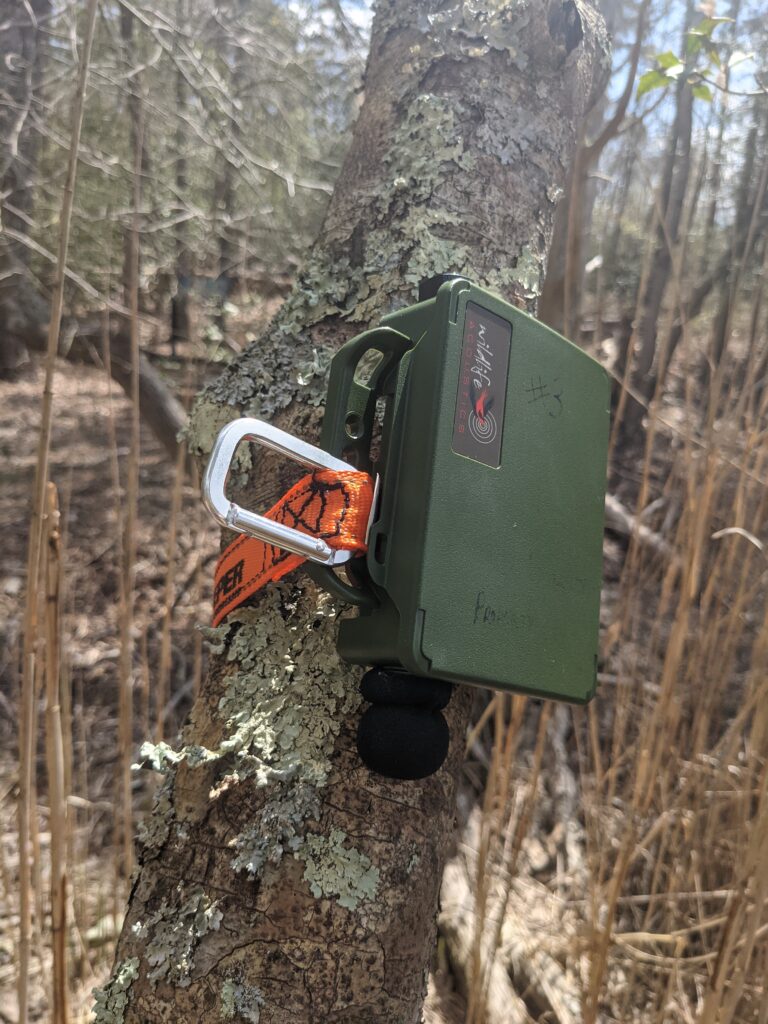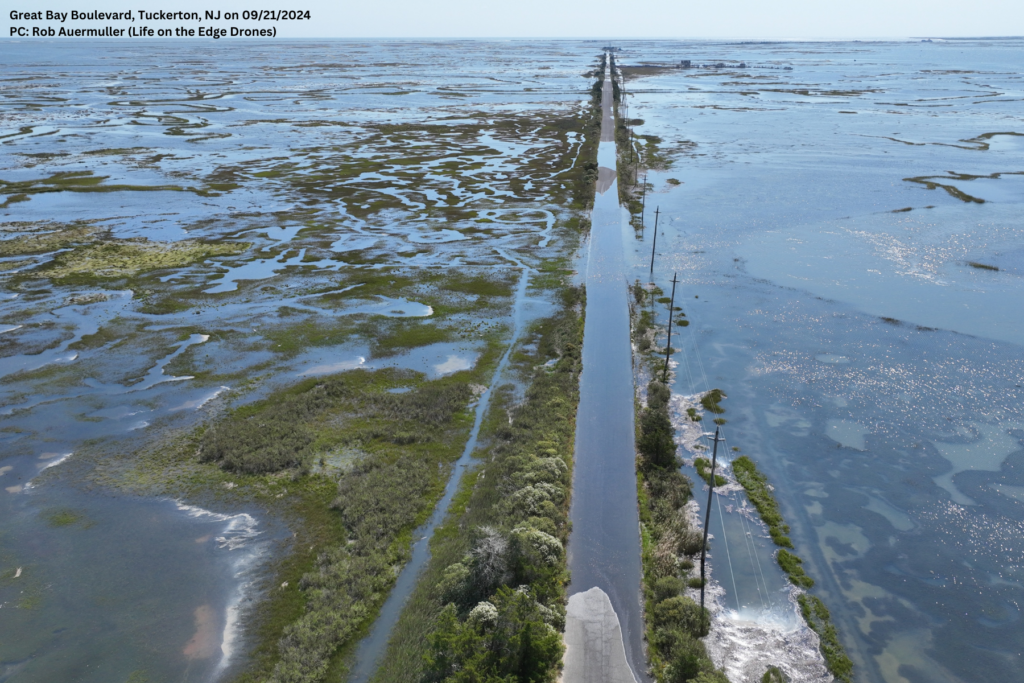Main Content
Habitat Mapping
The JC NERR maintains an updated habitat map of the reserve and its adjacent watershed boundaries to monitor landscape-scale changes over time. Habitat mapping and land use change data will help communicate both short-term variability and long-term changes to help inform coastal management and stewardship objectives at the Reserves.
The JC NERR is currently updating their habitat map.
Soundscape Ecology
Soundscape ecology is the study of the entire acoustic community at any given location. Collecting baseline acoustic data provides information of the ecological status of the marsh, as several species can be detected as well as along anthropogenic and geophonic disturbances to the area. The patterns observed are used to establish a baseline that can be compared with other marshes facing the same stressors or to reference marshes nearby. This baseline data may also be useful for long term studies, as results in future years can be compared to the baseline results. The JC NERR is currently collecting baseline soundscape data in the Grassle Marsh in preparations for a habitat restoration project.

Marsh Migration

Our nation’s tidal wetlands are threatened by rising seas, stronger storms, more extreme precipitation, and drought. In order to persist, tidal wetlands will need to migrate inland in places that can accommodate them. Planning to protect them while addressing the needs of communities in a time of extraordinary change is a near universal challenge on the nation’s coasts.
Pathways to Resilience: Ensuring a Future for Tidal Wetlands is a Reserve-led initiative to collaborate with partners and communities to identify, protect, and manage the pathways through which wetlands can migrate as sea levels rise. Together, they are creating maps and acquiring the technical information needed to prioritize conservation and restoration projects that protect tidal wetlands into the future and make our communities safer. The team gratefully acknowledges the support of the National Fish and Wildlife Foundation’s America the Beautiful Challenge Program and the Pew Charitable Trusts.
Projects
Grassle Marsh Restoration
Coming soon!
NERRS Landscape Scale Resilience
An innovative assessment that ranks resilience according to metrics of current marsh conditions, vulnerability to sea level rise, and potential for adaptation—critical information for efforts to conserve, restore, or study these habitats around the country. Learn more about the NERRS Landscape Scale Resilience project here! You can also check out the JC NERR Fact Sheet here!
History and Topography to Improve Decision-making for Estuary Restoration
Estuaries are subject to change. Where have they been, where are they now, and where may they be in the future? How have their habitats changed over time? A team led by the National Estuarine Research Reserve System (NERRS) explored those questions in 30 estuaries around the country. This study found regional differences in how estuaries have changed since the 1800s. The elevation-based mapping and historical mapping techniques used were effective across the wide range of geographies represented by the Reserve System, illustrating their usefulness in future studies anywhere in the world. Learn more about this history and typography project here!
View the JC NERR Project Map here!
NJDEP Public Access and Sea Level Rise
The New Jersey Department of Environmental Protection directed a team from Rutgers University to assess flood risk at public access points in 15 municipalities across New Jersey’s diverse coastal regions. View the StoryMap generated from this project here!
Coastal Geomorphology
Dr. Norbert Psuty , Rutgers University Professor Emeritus, and his team work with the National Park Service Northeast Coastal and Barrier Network the US Fish and Wildlife Region 5 to monitor coastal topography changes in parks and refuges. They are tracking shoreline position, and coastal topography as vital signs of habitat resilience. Understanding the conditions and impact responses of coastal landforms are crucial to managing climate adaptation.
For GIS data about the JC NERR, please contact Andrea Habeck at habeck@marine.rutgers.edu and visit the NERRS Centralized Data Management Office.